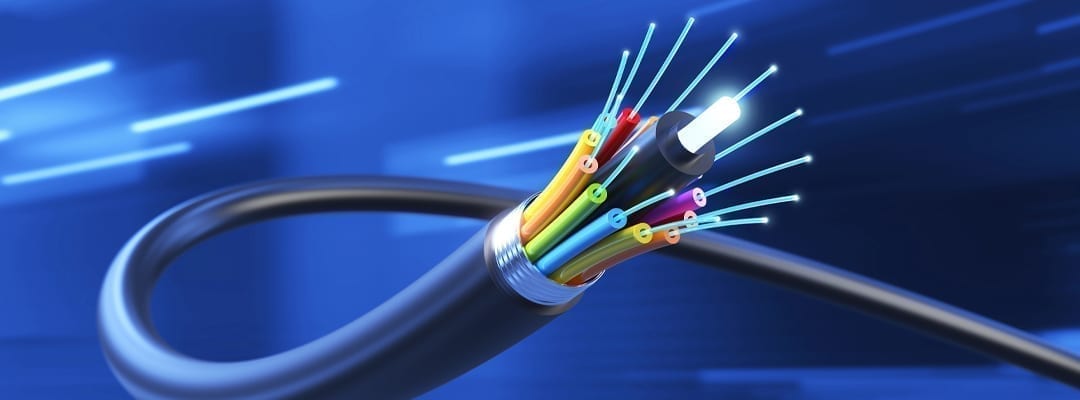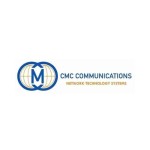
Fiber optic cables are a critical component in modern telecommunications, enabling high-speed data transmission over long distances. Unlike traditional copper cables, which use electrical signals to transmit information, fiber optic cables use light. This allows them to transmit data much faster and over longer distances, making them essential for a wide range of applications. This article will take an in-depth look at how fiber optic cables work.
The Basics of Fiber Optic Cables
Fiber optic cables are made up of tiny strands of glass or plastic, known as optical fibers. These fibers are bundled into a cable, then coated in a protective layer. The fibers are incredibly thin, typically around the same thickness as human hair.
To transmit data, a light source, such as an LED or laser, generates a beam of light sent through the fiber. The light bounces back and forth inside the fiber, reflecting off the walls. Because the fiber is made of a material that reflects light, the light is able to travel along the fiber without escaping.
Types of Fiber Optic Cables
Single-mode and multi-mode fiber optic cables are the two basic varieties. Single-mode cables have a smaller core diameter, which means they can transmit data over longer distances without losing signal strength. Multi-mode cables have a larger core diameter, and network installers use these cables for shorter distances.
Installing Fiber Optic Cables
Installing fiber optic cables is a complex process that experienced fiber optic contractors should only undertake. The first step is to plan the route that the cables will take. This may involve trenching, drilling, or aerial installation. The cables are then installed and terminated at both ends, with connectors or splices used to join the cables together.
Benefits of Fiber Optic Cables
Compared to conventional copper connections, fiber optic cables provide a number of benefits. They are able to transmit data much faster, with speeds of up to 100 Gbps possible over long distances. They are also immune to electromagnetic interference, which can cause problems with copper cables. Network installer use these cables as they are considerably safer than copper cables since it is impossible to tap them without being noticed.
Applications of Fiber Optic Cables
Applications for fiber optic cables are numerous, ranging from telecommunications to medical technology. For example, they are used by internet service providers to connect homes and businesses to the internet, as well as in data centers to connect servers. They are also used in medical equipment, such as endoscopes and surgical instruments, and in aerospace and defense applications.
The Final Words
Fiber optic cables are an essential component in modern telecommunications, enabling high-speed data transmission over long distances. If you're considering installing fiber optic cables, it's important to work with experienced fiber optic cable contractors to ensure the installation is carried out safely and correctly. For more information on fiber optic cable installation, contact CMC Communications, a trusted provider of fiber optic cable installation services.





Comments